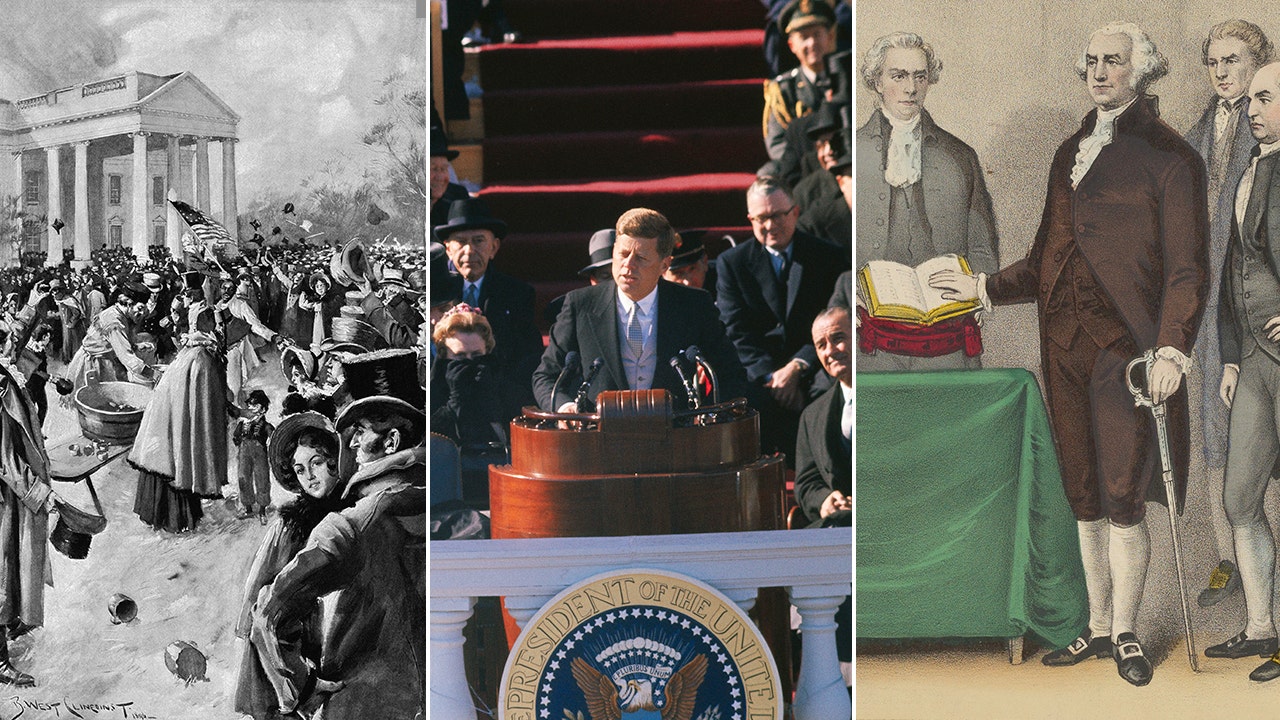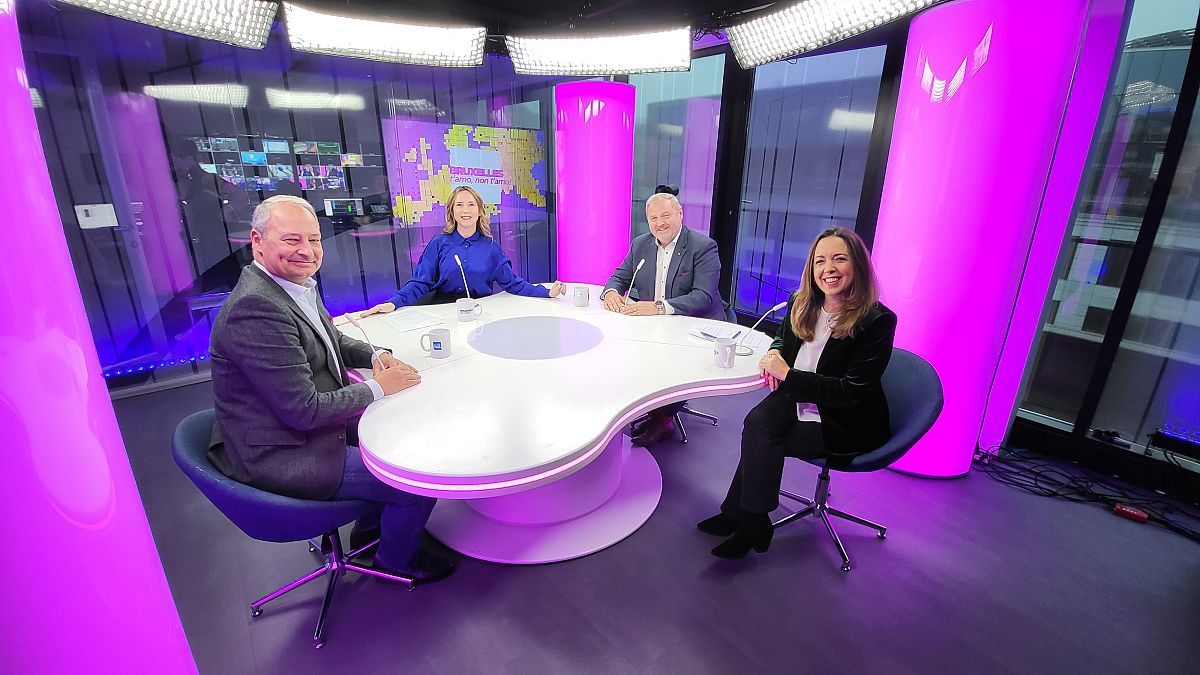JUNEAU — The Alaska House Republican-led majority’s draft plan to address the state’s structural deficit has faltered, with days left before the expected end of the legislative session.
The majority’s long-term fiscal plan has centered on three separate measures: a new dividend formula, a tighter legislative spending cap, and a state sales tax combined with a corporate income tax reduction bill. All three measures have stalled amid rifts between the conservative and moderate factions within the 23-member majority caucus.
Those disagreements were exposed Friday on the House floor with the failure of a bill brought by conservative majority member Rep. Sarah Vance, a Homer Republican. Later that day, fellow conservative Rep. Ben Carpenter accused members of his caucus of thwarting the majority’s effort to advance a fiscal plan, when they amended a spending cap bill to allow the Legislature to appropriate more money annually.
The House Finance Committee amended a proposed spending cap bill to cover the Permanent Fund dividend, which had previously not been subject to the cap, and then raised the spending ceiling in the bill to allow for billions in extra spending annually. That caused Carpenter to call the bill, which he had previously championed, “completely ineffective.”
Carpenter then declared that because of the amendments to the spending cap, he would not allow the House Ways and Means Committee, which he chairs, to vote on his tax bill. That bill would have reduced corporate income tax, deducting more than $300 million in annual revenue for the state. It would have also imposed a new sales tax that could raise around $1 billion annually.
“I am very hesitant to send a revenue-generating measure to the rest of the body who is unwilling to instill any sort of fiscal discipline in ourselves with an effective spending limit. I want to continue having a conversation about a fiscal plan and putting the state on the right path. But that does not include passing a spending limit that will not be effective and that allows us to grow our operating budget by $1 billion next year,” Carpenter said before adjourning the Ways and Means Committee meeting after only two minutes.
[Alaska budget stalled with special session all but inevitable]
The new version of the spending cap — which has yet to advance from the House Finance Committee — would allow the state to spend $7.6 billion in the coming year, $1.4 billion above the Senate’s current version of the budget. Bill sponsor Rep. Will Stapp, a Fairbanks Republican, defended his amendments, which passed with bipartisan support, as an effort “to satisfy feedback from members of the committee.”
Dillingham independent Rep. Bryce Edgmon, a majority member who is a co-chair of the House Finance Committee, had raised concerns that the spending cap was not fully analyzed and would not be adjusted to reflect changes in the state’s population. The spending cap had been written as a function of the state gross domestic product, rather than state population.
Edgmon said Saturday he had “pretty mixed” feelings about a spending cap. He said there could be benefits to restraining legislative spending, but he had concerns as a Dillingham-based legislator representing rural parts of the state.
“We’ve struggled to get our share of state services and a spending cap could actually work counter to our interests,” he said.
Rep. Neal Foster, a Nome Democrat who co-chairs the Finance Committee, said the caucus had not yet decided as of Saturday afternoon whether to bring the spending cap bills up for continued discussion, given the apparent discontent from both conservatives and moderates.
During the four-month legislative session, 18 bills related to the fiscal plan had been referred to the House Ways and Means Committee, chaired by Carpenter. Only six of them were brought to a committee vote, and none had advanced to the floor out of the House Finance Committee, which must vet all bills related to state spending.
The Ways and Means Committee on Thursday advanced a bill to rewrite the Permanent Fund dividend statute. The measure would require the Legislature to follow the 50-50 formula, sending half of the annual draw from the Permanent Fund earnings to the dividend, and the other half to state services.
But the state is not projected to have enough revenue to follow that formula without raising hundreds of millions in new revenue annually, and without action on Carpenter’s tax bill, the House was poised to continue promoting a larger dividend without the revenue to afford it.
The Senate had favored a 75-25 model for the dividend calculation, which would allow the state to dedicate only a quarter of the Permanent Fund earnings draw to the dividend. That plan, which this year would translate to a $1,300 dividend, allowed the Senate to propose a balanced budget without new revenue measures.
The House has insisted on a $2,700 dividend, even at the expense of dipping into the state’s already-depleted savings accounts, with no cohesive plan to pay for the larger dividends in the future.
Despite the lack of action on the tax bill, Carpenter said Saturday that the main challenge to the fiscal plan was not time, but willingness to take action among members of his own caucus.
“Time isn’t the issue so much as the will to do something comprehensive,” he said. “Deep down, we don’t want to be disciplined.”
Lawmakers in both the House and Senate have said that agreement on a fiscal plan would take additional action from Republican Gov. Mike Dunleavy, who three weeks before the end of the session brought lawmakers together to urge them to work on new revenue bills, without offering specifics.
“I never thought a fiscal plan was ever going to anywhere, anyway — without the governor’s help and true buy-in,” Edgmon said.

:quality(70)/cloudfront-us-east-1.images.arcpublishing.com/adn/EZV6HWKFOZD3PCKRCO5KFFXUZI.jpg)






:quality(70)/cloudfront-us-east-1.images.arcpublishing.com/adn/WFG6CBWIWNGDZJT7RCIBPFHTDY.jpg)
:quality(70)/cloudfront-us-east-1.images.arcpublishing.com/adn/UESV7W6LL6ZBPOGT2M7CLWW56M.jpg)
:quality(70)/cloudfront-us-east-1.images.arcpublishing.com/adn/LGTBZDRVWK4CEXNX4ORGCFFQZM.jpg)

:quality(70)/cloudfront-us-east-1.images.arcpublishing.com/adn/T4XVDJRAANBJRIABDHUPVM2OUQ.jpg)
:quality(70)/cloudfront-us-east-1.images.arcpublishing.com/adn/DIZPYDT3FBEFJCRH5O5IJMQYY4.jpg)
:quality(70)/cloudfront-us-east-1.images.arcpublishing.com/adn/3TJN4IQCAVC7FLWUP325O5LKF4.jpg)










/cdn.vox-cdn.com/uploads/chorus_asset/file/25822586/STK169_ZUCKERBERG_MAGA_STKS491_CVIRGINIA_A.jpg)

/cdn.vox-cdn.com/uploads/chorus_asset/file/23935558/acastro_STK103__01.jpg)


/cdn.vox-cdn.com/uploads/chorus_asset/file/25826211/lorealcellbioprint.jpg)
/cdn.vox-cdn.com/uploads/chorus_asset/file/25832751/2192581677.jpg)
